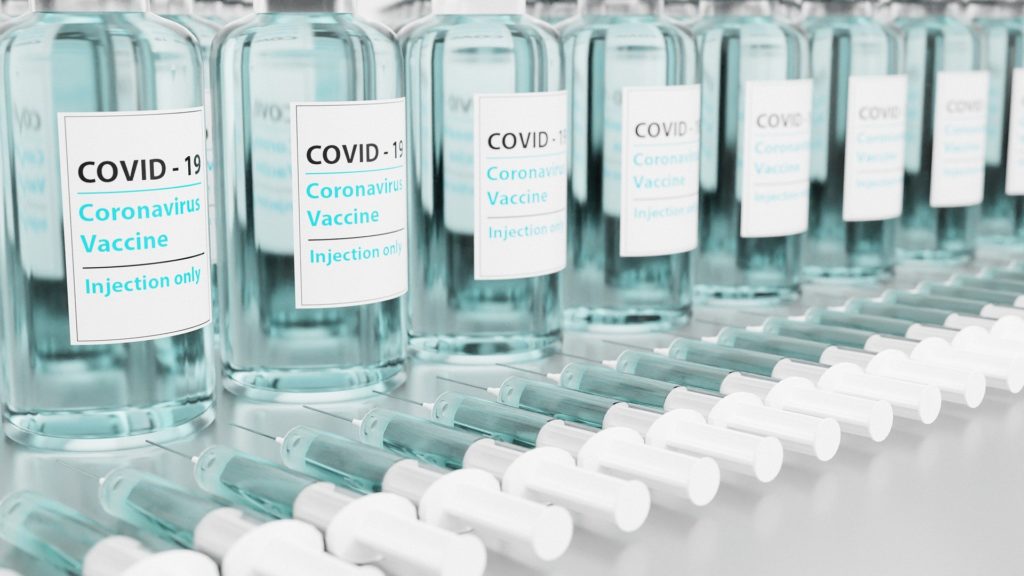
New research being presented at the annual meeting of the European Association for the Study of Diabetes (EASD), held online this year, explored whether COVID-19 is more deadly for some people with diabetes than for others.
It found that type 2 diabetes is associated with a higher risk of mortality in hospitalised COVID patients than type 1 diabetes.
The combination of an older age and high C-reactive protein (CRP) was also linked to a higher risk of death.
Younger people (under 70 years old) with chronic kidney disease, a common long-term complication of diabetes, also had a higher likelihood of dying.
BMI, however, was not linked to survival.
The information has been used to create a simple model which can be used to predict which patients are at higher risk of death.
While people with diabetes are no more likely to contract COVID-19 than others, they are more likely to become severely ill if they do catch it. It has been unclear, however, if certain characteristics put some people with diabetes at higher risk of serious illness and death than others.
The ACCREDIT study, from Dr Daniel Kevin Llanera and Dr Rebekah Wilmington, at the Countess of Chester NHS Foundation Trust, England, UK, and colleagues, looked for links between a range of clinical and biochemical characteristics and the risk of mortality within seven days of admission to hospital in COVID-19 patients with diabetes.
The 1,004 patients from seven hospitals in northwest England had an average age of 74.1. Most (60.7%) were male and 45% lived in areas classed as the most deprived in the UK (based on the government’s Index of Multiple Deprivation).
Median BMI was 27.6 and 56.2% had macrovascular complications of diabetes (e.g. heart attack or stroke) and 49.6% had microvascular complications (e.g. neuropathy or retinopathy).
7.5% were admitted to intensive care and 24% died within seven days of admission to hospital. The greater socio-economic deprivation and older age of the patients studied may help explain why the seven-day mortality was higher than in other studies, says Dr Llanera. However, further research is needed to confirm this.
Approximately one in ten patients (9.8%) required insulin infusions, meaning they were switched from other treatments to IV insulin to better control their blood sugar.
Analysis showed that those with type 2 diabetes were 2.5 times as likely to die within seven days of admission as those with other types of diabetes. The study’s authors say this may be because type 2 diabetes usually occurs in older people and can be accompanied by other long-standing health conditions, putting them at higher risk of poorer outcomes.
Those who had insulin infusions were, however, half as likely to die as those who didn’t need IV insulin. The study’s authors say this may be a clue that better blood sugar control can improve outcomes in patients with severe COVID and diabetes.
Risk of death was also higher among under-70s with chronic kidney disease. They were 2.74 times more likely to die than under-70s without chronic kidney disease.
Dr Llanera, who has recently moved from the Countess of Chester NHS Foundation Trust to Imperial College London, says: “According to several studies, patients with diabetic kidney disease have a chronic pro-inflammatory state and immune dysregulation, making it difficult to ‘fight off’ the virus compared to someone who has a properly working immune system.
“In addition, ACE2 receptors are upregulated in the kidneys of patients with diabetic kidney disease. These are molecules that facilitate entry of SARS-COV-2 into the cells. This may lead to direct attack of the kidneys by the virus, possibly leading to worse overall outcomes.”
The combination of older age and high CRP (a marker of inflammation) was linked to a more than three-fold (3.44) higher risk of death by day 7. The study’s authors say that higher CRP correlates with a high degree of inflammation, which can eventually lead to organ failure.
The data has used to create a model, which, if applied to a patient with similar demographic characteristics, can predict a higher risk of death in 7 days using only age and CRP as variables.
Dr Llanera says: “Both of these variables are easily available during upon admission to hospital. This means we can easily identify patients early on their hospital stay who will likely require more aggressive interventions to try and improve survival.”
Unlike some previous studies, BMI and HbA1c (average blood sugar level) were not associated with death.
Nor was any significant association seen with diabetes complications, other than chronic kidney disease, or use of ACE inhibitors and angiotensin receptor blockers (ARBs) – types of blood pressure drugs.
The proportion of patients (9.8%) switched to insulin infusions is higher than the typical figure of 8%, suggesting Covid patients require higher levels of input from inpatient diabetes teams.
Dr Llanera concludes: “In order to help our patients with diabetes survive this pandemic, we needed to explore further what makes them at risk for worse outcomes.
“These results will allow other researchers and clinicians to find out how we can best intervene, allowing us to provide our patients with the most appropriate treatment.”


